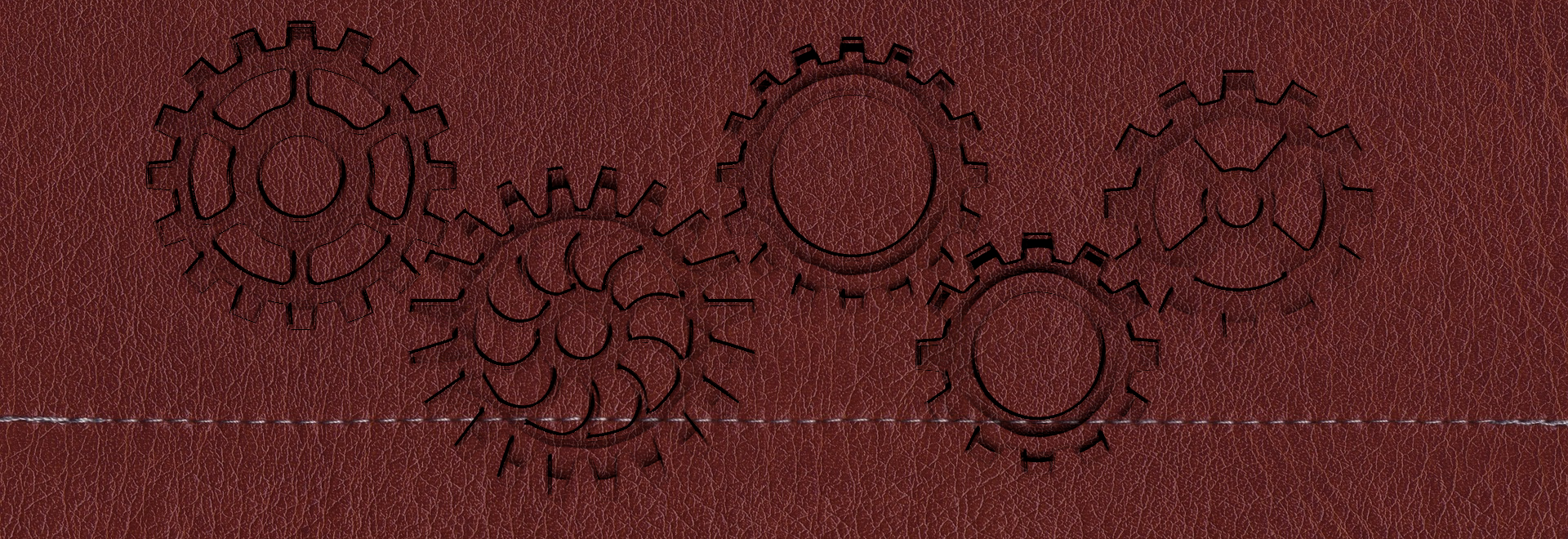The First People
Our ancestors once sailed across the sea. They ventured to the farthest reaches of this foreign land. They sought the unknown and found prosperity. Prosperity that is passed down to us. We took their gifts and constructed wonders. Our legacy will last until the end of time.Very little is known about the First People outside of archaeological remains. Everyone is descended from them, and most of the nations on Tamaris remember that their ancestors came from across the sea. Where they came from or how they got to Tamaris remains a mystery. They were primarily a hunter-gatherer society with only some reliance on agriculture, but as they spread out and settled around the region, agriculture became a much more important aspect of society. They had access to stone tools, pottery, and magic. The First People built the Koren Temple in the Blue Mountains and The Lost City in the northern mountains. No one remembers their purpose, but they remain testaments to the capabilities of the First People. Pottery remains offer some glimpse into their lives, and there are images depicting daily life as well stories of fearsome monsters and giant people. Many of the remaining artifacts have grooves with no discernible purpose, though a few scholars have noted similarities to the grooves on stone tools with depictions of tools on pottery. Though far from a popular theory, they believe that the First People had access to magic and somehow used magic to make daily tasks easier. The First People lacked a writing system or any writings have been lost to time. Their use of magic was so widespread that no one bothered to record how to harness it or even the properties of magic. As technology advanced and populations grew, society lost interest in those who could plow a whole field without breaking a sweat, and the number of magic users dwindled. Eventually, the last trained mage died and took the knowledge of magic to the grave. Since then, magic has been nearly unheard of in Tamaris, though it is said that the Lost City radiates with magical energy.
History
The First People came from across the sea. Nothing is known about where they came from, but they found Tamaris to be a habitable land. Over a few centuries, they migrated north to eventually settle across the whole of the continent. They built villages along rivers and the coast, and the people came already knowing how to farm. Notably, they possessed the knowledge of magic and were capable of building great wonders far beyond their technological means. In the northern mountains, they built a massive city inside the mountains. Archaeologists mark the end of the First People's civilization around 1600 when city states and technology moved away from the tight knit communal structure of the First People. It was also around this time that magic was abandoned and forgotten.
Technological Level
Most people assume that The First People only had access to primitive technology. Most of what remains are bits of pottery and stone tools. Woven fabric sometimes appears, and depictions of sheep and cattle in pens suggest some husbandry ability. What continues to confound archeologists are the remains of stone buildings. They appear to be far larger than what should be possible, and the craftsmanship suggests skill far more advanced than their civilization would have access to. The purpose of these buildings is still unknown.
I can think of no other explanation for the architectural achievements of The First People other than if they had magic. Recently, I uncovered a mostly complete clay bowl, and it was etched with strange markings. Assembled, they created a continuous pattern around the bowl, and the bottom was marked with a glyph for water and something else. There were three dots above the water. As I've written before, this particular symbol is quite common. I've seen it at every excavation site I've visited. However, that is not the primary evidence of my hypothesis. Below the bowl, I found a piece of fabric painted with a scene of a temple. It wasn't complete, and there were laborers carving stone. Beside the temple, there was a person hands raised and a stone block above him. Above the stone, there was that water symbol with the dots again. There were no ramps on the temple as shown in later constructions. No one will believe me, and I don't dare to publish my beliefs.
Dissolution Date
1600
Type
Geopolitical, Tribe
Government System
Tribalism
Economic System
Barter system


Comments